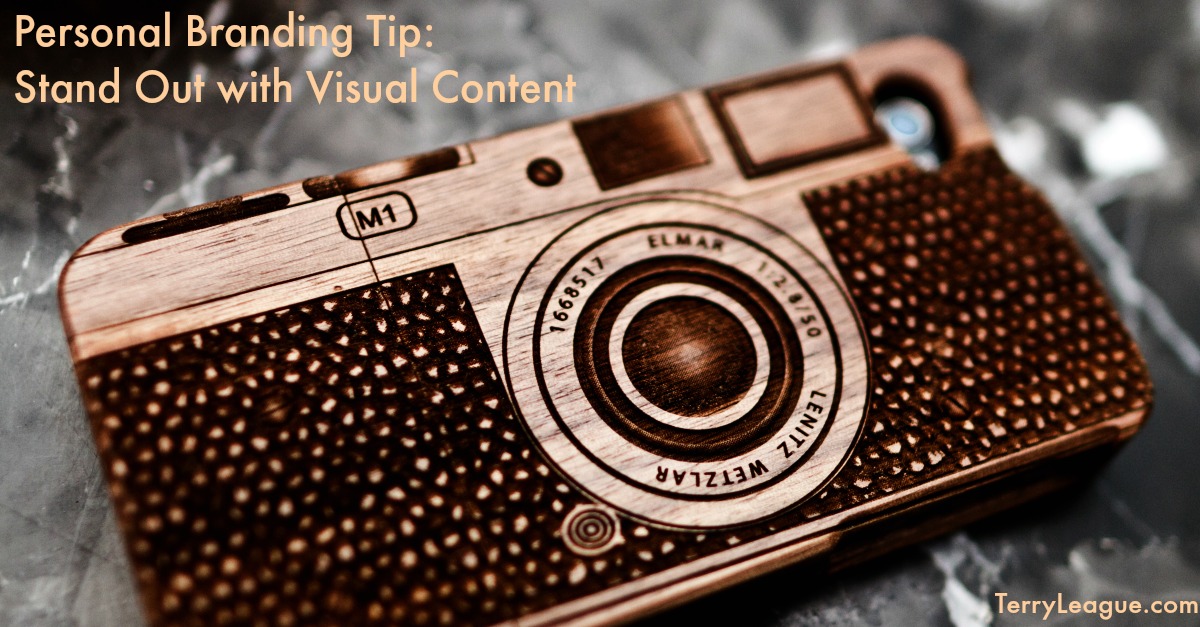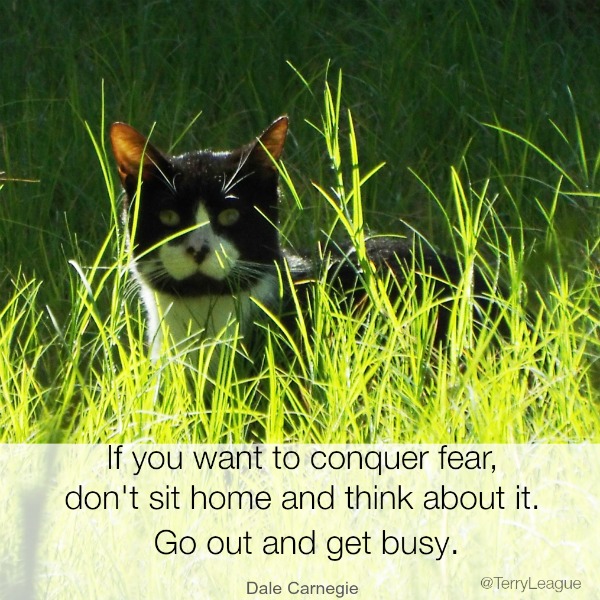
Visual content gets some of the highest engagement on social media (see research from Social Bakers via eMarketer here). So if you want to stand out, you’ll need a plan for using photos, graphics and videos in your personal branding strategy.
While I recommend using professionals for company photos, logo design, and promotional materials, there are many ways you can use tools available for more “casual” visual content that helps your personal brand stand out in the crowd.
Here are a few tips, ideas, and tools to get you started:
1. Use Free photo editors to easily create graphics
PicMonkey and Canva are two of my favorites. Personally, I feel like PicMonkey has a shorter learning curve, so if you are not that comfortable with graphic design (like me!), then you may want to start with this one.
Canva does offer some great tutorials on using the tool and graphic design, though, so I recommend checking it out as well when you have a little more time.
2. Use Instagram to show a more personal side of you as a business owner
Put keywords and phrases in your bio that attract your target audience, as well as a summary of what you’ll be sharing.
Connect your Instagram account to your Facebook Page to easily share some of your photos that fit well with your personal brand.
For more tips on using Instagram, read my post on the LCS company blog here.
3. Optimize photos of yourself for Google Search
Do a Google search on your name and take note of what photos show up. If you don’t see any, or you don’t like the ones that appear, then there are a few things you can do to improve those results.
Use Google+ to upload photos into albums that document your business history, highlight important milestones, or illustrate your personal brand to get the photos you want to show up in Google Search out there.
Create a page on your website with images that document your history, client testimonials, etc. to impact the photo search results.
I read a great post recently about making sure that the photos showing up in a Google search are the ones you’d want the public to see – you can click here to read it.
4. Include videos in your branding strategy
I’ll admit that I haven’t made the time necessary to get my video marketing up and running; but it’s at the top of my to-do list right now!
Many people feel like creating videos requires a professional studio (and again, I do recommend using professionals for specific promotional videos), but with the Apps and tools available today, we can all start using video more.
Instagram (15 seconds maximum) and Vine (6 seconds maximum) are two easy-to-use Apps to start creating quick videos. The short length of these types of videos can make it much easier to find a way to incorporate their use into your schedule.
There are also Apps that allow you to create short videos of photos – I like Flipagram – so you can use photos you have already taken.
Want to create a short video of your desktop screen? Screenr is a free tool that gives you a maximum of 5 minutes to record whatever you’re doing on your desktop, and then save or share.
And don’t forget to set up a YouTube account if you haven’t already, to create a site for your instructional, inspirational or creative videos.
So there are a few quick tips and tools to help you put a plan in place for using visual content. If we take the focus off of ourselves (worrying about what we’ll look like on video), and start thinking instead, of how a quick video (of tips or inspiration) can help our target audience, then it makes a lot of sense to start using visual content in a personal branding strategy today!
Photo Credit (derived from): Instant Vantage via Compfight cc





